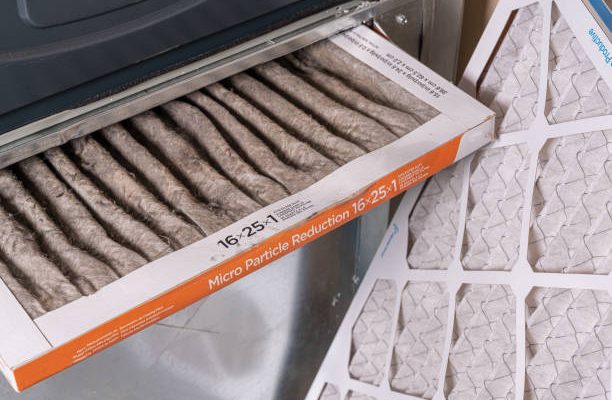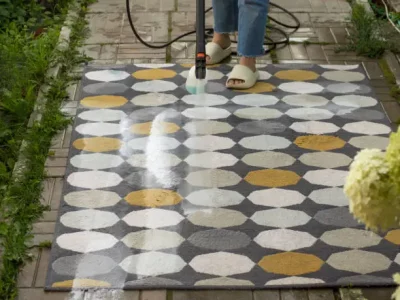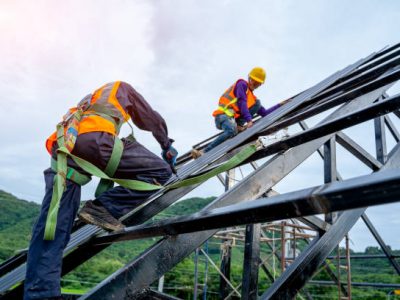Heating furnaces play a vital role in ensuring comfort during chilly weather conditions. However, as with any mechanical system, they may encounter occasional issues. Familiarizing oneself with common furnace problems and learning how to resolve them can prevent inconvenience and expensive repairs for homeowners. This guide aims to explore prevalent furnace issues and offer practical troubleshooting techniques and solutions to mitigate them effectively.
Lack of Heat Production
One of the most noticeable furnace problems is a lack of heat production. If your furnace is operational but fails to generate adequate heat or no heat, several potential factors may contribute to the issue. Start troubleshooting by verifying the thermostat settings to confirm they are accurately configured for heating mode and set to the desired temperature. Next, inspect the air filter to see if it’s dirty or clogged, as a blocked filter can restrict airflow and impede heat distribution. If the filter is dirty, replace it with a clean one and see if the heat production improves. Additionally, check the furnace’s pilot light or ignition system to ensure it’s functioning correctly. If these measures do not resolve the issue, it might be advisable to seek the assistance of a professional HVAC technician who specializes in furnace repair in Salt Lake City and who can diagnose and address the problem effectively.
Uneven Heating or Cold Spots
Uneven heating or cold spots in certain areas of the home can indicate issues with furnace performance or ductwork. Begin by checking the vents and registers throughout the house to ensure they are open and unobstructed. Blocked or closed vents can disrupt airflow and cause room temperature variations. Next, inspect the ductwork for leaks, gaps, or damage that could be allowing heated air to escape or cold air to infiltrate. Sealing duct leaks and ensuring proper insulation can help improve heating efficiency and eliminate cold spots. If the issue persists, it may be necessary to have the furnace serviced by a professional to address underlying issues affecting heat distribution.
Strange Noises
Strange noises from the furnace can indicate various problems, from minor to more serious malfunctions. Common furnace noises include banging, rattling, squealing, or grinding sounds, which loose components, worn bearings, or airflow obstructions could cause. Begin by inspecting the furnace for loose panels, screws, or other components that may be vibrating during operation. Tighten any loose parts and see if the noise resolves. If the noise persists, it may be necessary to lubricate moving parts such as blower motors or contact a professional technician to diagnose and repair the issue.
Constant Cycling On and Off
Frequent cycling of a furnace, a phenomenon referred to as short cycling, can lead to inefficiency and undue strain on the system. Short cycling may stem from several factors, such as a dirty air filter, thermostat malfunctions, or an oversized furnace. Start by replacing the air filter and ensuring unimpeded airflow to the furnace. Next, check the thermostat settings and calibration to ensure they are functioning correctly. If the problem persists, it may be necessary to consult with a professional HVAC technician to evaluate the furnace size and performance and make any necessary adjustments or repairs.
Pilot Light or Ignition Problems
If your furnace has a pilot light or electronic ignition system, problems with ignition can prevent the furnace from starting or staying lit. Begin by checking the pilot light or ignition system for signs of malfunction, such as a weak or flickering flame, or no flame at all. If the pilot light extinguishes, adhere to the manufacturer’s guidelines for safely relighting it. For systems with electronic ignition, inspect for error codes or indicators signaling potential issues with the ignition sequence. If troubleshooting independently proves unsuccessful, enlist the expertise of a certified HVAC technician to diagnose and rectify any problems with the ignition system.

















